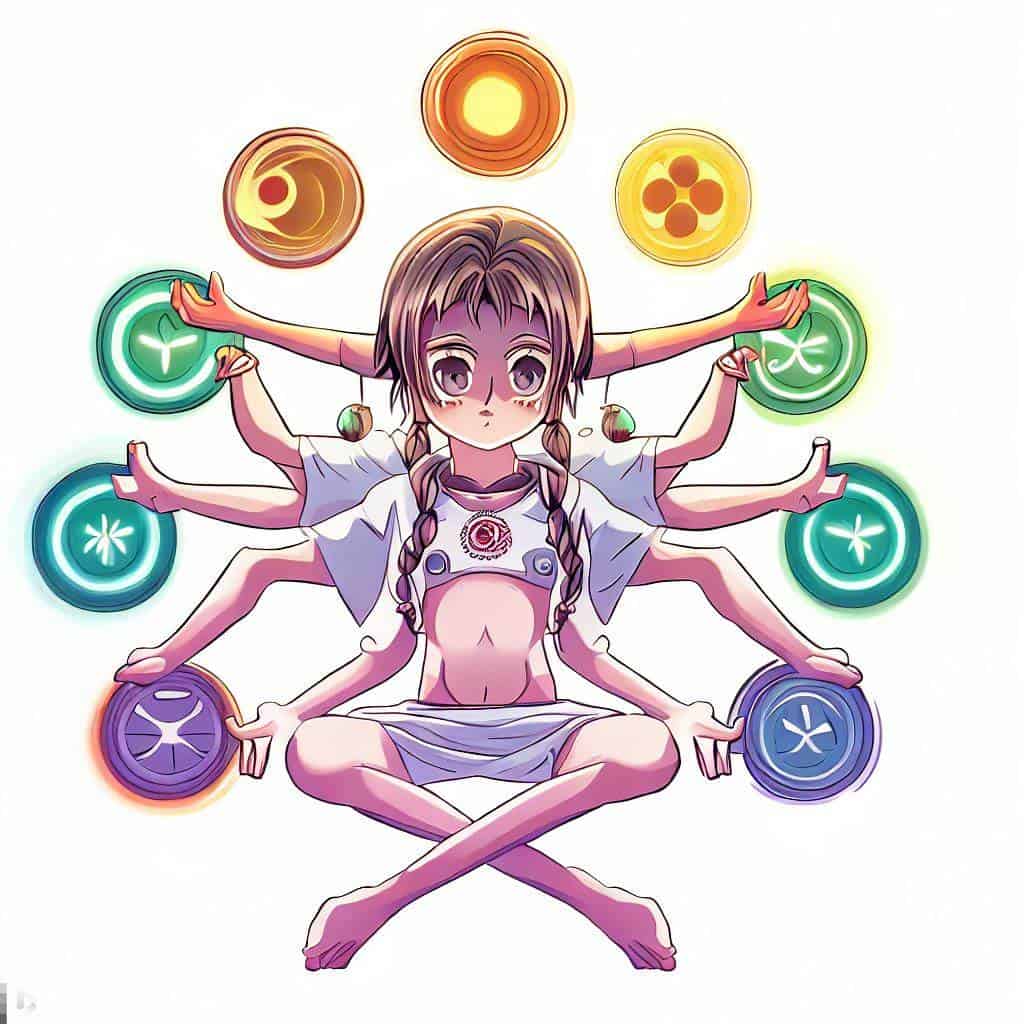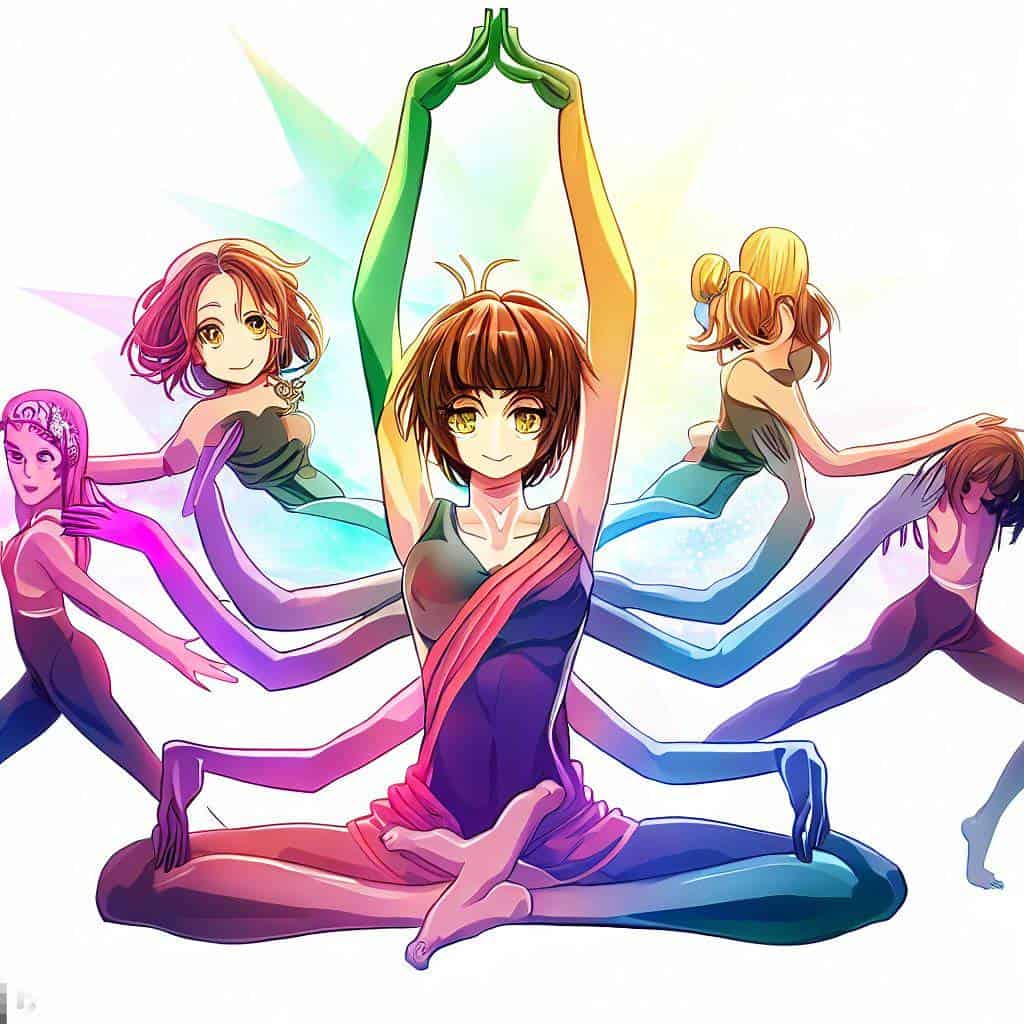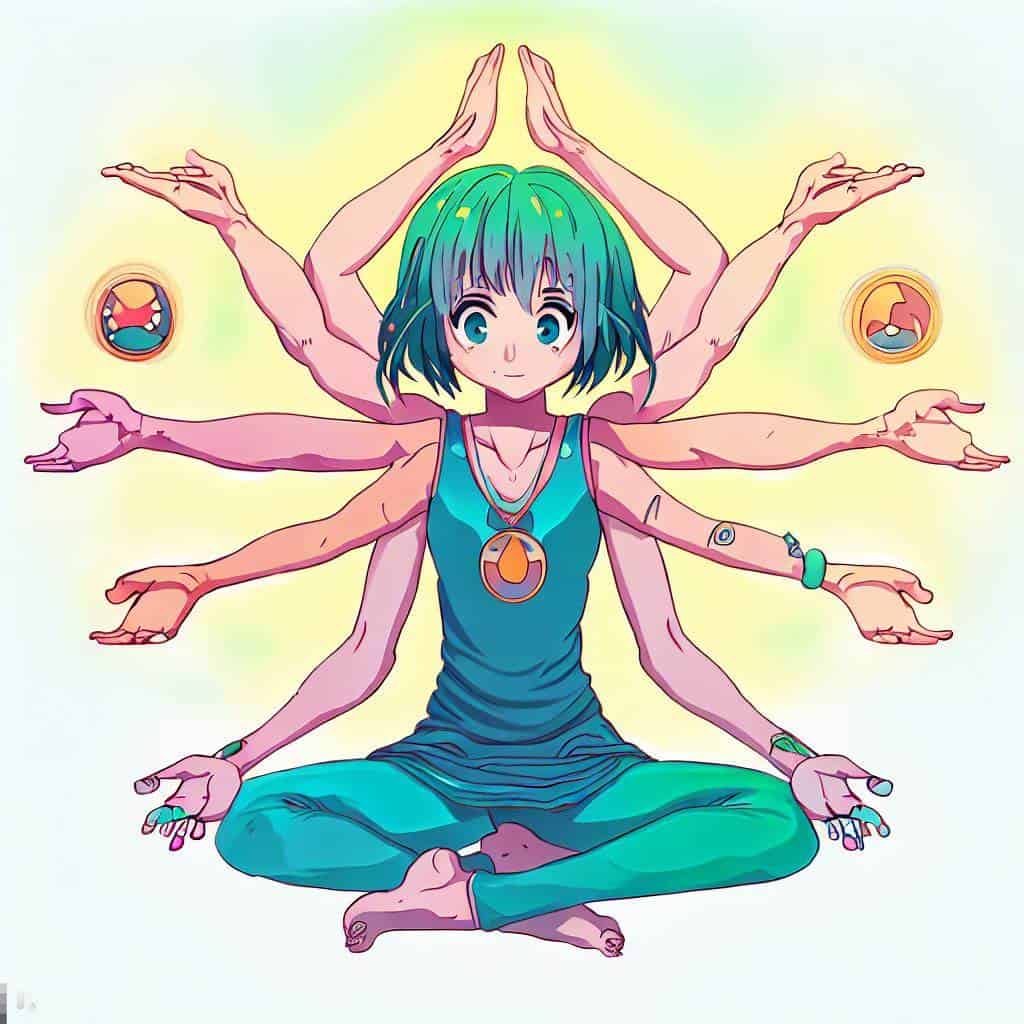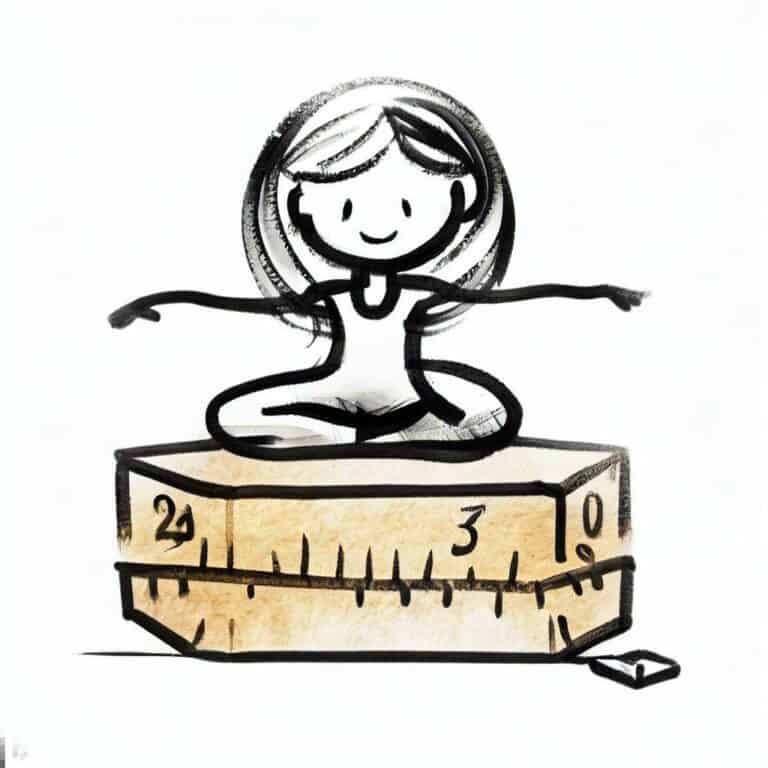A Deep Dive into the 8 Limbs of Yoga

Introduction
Yoga, an ancient practice steeped in history and tradition, has evolved to mean different things to different people. While some see it as a physical workout, others perceive it as a deeply spiritual practice. However, the full scope of yoga extends far beyond poses and stretches, encompassing a holistic life philosophy. At the heart of this philosophy lies the 8 Limbs of Yoga, as introduced in Patanjali’s Yoga Sutras. These limbs, or steps, provide a comprehensive path toward self-realization, offering guidance on moral, ethical, physical, and spiritual aspects of life.
The Concept of Ashtanga Yoga
Ashtanga Yoga, a term derived from Sanskrit where “ashta” means eight and “anga” means limbs, represents a system of yoga delineated in Patanjali’s Yoga Sutras. Not to be mistaken with the modern style of ‘Ashtanga Yoga’ developed by K. Pattabhi Jois, Patanjali’s Ashtanga Yoga represents a holistic path of spiritual evolution. It is a journey that transcends mere physical postures, encompassing eight facets or ‘limbs’ of practice – the yamas (restraints), niyamas (observances), asana (postures), pranayama (breathing exercises), pratyahara (withdrawal of senses), dharana (concentration), dhyana (meditation), and samadhi (enlightenment or self-realization). Each limb not only corresponds to an aspect of human consciousness but also builds on the preceding one, forming an interconnected pathway toward inner peace and liberation.
Patanjali and His Influence on Yoga
Often hailed as the ‘Father of Yoga,’ Patanjali was an ancient sage who codified the art and science of yoga in his seminal work, the Yoga Sutras. This text, composed around 400 CE, is regarded as one of the foundational scriptures of classical yoga philosophy. Through the 196 aphorisms, Patanjali elucidates the nature of consciousness, the mechanisms of the mind, and the path to spiritual freedom.
Patanjali’s Ashtanga Yoga forms a significant part of the Yoga Sutras, presenting a systematic and practical approach to spiritual growth. By engaging with these eight facets of practice, practitioners are guided on a transformative journey, progressing from ethical foundations and physical health to the higher states of consciousness. The enduring relevance of Patanjali’s eightfold path in contemporary yoga practice attests to his profound influence, offering practitioners a structured pathway to navigate the complex terrain of mind and consciousness.

A Closer Look at the 8 Limbs of Yoga
Yoga is more than a collection of physical poses. It is a comprehensive lifestyle, a pathway to self-realization and spiritual liberation. Ashtanga Yoga, as defined by Patanjali, is a roadmap to this transformative journey. Let’s delve deeper into each limb to understand their role and significance.
| Limb | Sanskrit Term | Description |
|---|---|---|
| 1 | Yamas | Ethical standards, moral disciplines |
| 2 | Niyamas | Self-discipline, spiritual observances |
| 3 | Asana | Physical postures |
| 4 | Pranayama | Breath control |
| 5 | Pratyahara | Withdrawal of senses |
| 6 | Dharana | Concentration |
| 7 | Dhyana | Meditation |
| 8 | Samadhi | Enlightenment |
Yamas (Restraints)
The first limb, Yamas, refers to ethical standards or moral disciplines. They represent the golden rule – “Do unto others as you would have them do unto you”. Patanjali defined five Yamas:
- Ahimsa (Non-violence): A principle of harmlessness and respect for all living entities. It encourages compassion and kindness.
- Satya (Truthfulness): Honesty in thoughts, words, and actions, both to oneself and others.
- Asteya (Non-stealing): Respecting the rights and properties of others, and not taking what is not freely given.
- Brahmacharya (Moderation): The practice of self-restraint and moderation in all aspects of life.
- Aparigraha (Non-possessiveness): The ability to let go and live without greed or desire for possessions.
Niyamas (Observances)
The second limb, Niyamas, is about self-discipline and spiritual observances. They are actions directed towards ourselves, helping us maintain a positive environment in which to grow. There are five Niyamas:
- Saucha (Purity): Encourages cleanliness of mind, body, and environment.
- Santosha (Contentment): Practicing gratitude and finding contentment in the present moment.
- Tapas (Discipline or austerity): Regular disciplined practice to ignite the purifying flame in ourselves.
- Svadhyaya (Self-study): Self-reflection and introspection to understand our nature and habits.
- Ishvara Pranidhana (Surrender to the divine): Cultivating a deep, abiding trust in the universal flow, surrendering the fruits of your labor.
Asana (Postures)
The third limb, Asana, is more than the physical practice of yoga postures. It is about cultivating an attitude of patience and endurance, learning to sit comfortably in a position for an extended period. This prepares the body for deeper forms of meditation by improving physical strength, balance, and flexibility. It also promotes discipline, focus, and the ability to concentrate on the present moment, essential for the inward journey of yoga.
Pranayama (Breath Control)
Pranayama, the fourth limb, is the practice of controlling and extending breath. It’s not just about deep breathing; it’s about synchronizing the breath with both physical movements and the subtle energies flowing through our bodies. By controlling the breath, one can control the mind and direct the vital energies within oneself, promoting a sense of peace and balance. Regular practice can lead to increased lung capacity, improved concentration, and reduced stress.
Pratyahara (Withdrawal of Senses)
The fifth limb, Pratyahara, is the practice of withdrawing the senses from external objects. This does not imply complete disconnection from the external world, but rather an inward redirection of our attention. By practicing Pratyahara, we learn to observe our cravings and aversions objectively without acting on them. This cultivates a deep sense of inner calm and allows us to respond rather than react to the stimuli around us.
Dharana (Concentration)
Dharana, the sixth limb, is the practice of focusing the mind on a single point or object. This could be a physical object, a mantra, a visualization, or even the breath. Dharana is not about emptying the mind but training it to concentrate without distractions. It lays the foundation for deeper, more profound states of consciousness in the later stages of yoga.
Dhyana (Meditation)
The seventh limb, Dhyana, is the practice of meditation. Unlike Dharana, which involves intense focus on one point, Dhyana is about maintaining an uninterrupted flow of concentration. It’s a state of being keenly aware without focus, where the mind quietens, and there’s a seamless flow of thought. The self-consciousness dissolves, and the sense of time disappears. Dhyana brings the practitioner closer to the state of Samadhi – pure consciousness.
Samadhi (Enlightenment)
Samadhi, the eighth and final limb, is the ultimate goal of yoga – a state of enlightenment or self-realization. It’s often described as a state of ecstasy where the self merges with the universe or the divine. In Samadhi, the meditator, the process of meditation, and the object of meditation become one. It’s a state of deep peace and immense knowledge, and although it’s difficult to attain, every step on the eight-fold path of yoga brings the practitioner closer to it.

The Significance of the Eight Limbs in Ashtanga Yoga Practice
The eight limbs of yoga, when followed and practiced holistically, create a framework for leading a purposeful and mindful life. Each limb prepares the practitioner for the next, making it a complete system that integrates body, mind, and spirit.
Self-Discipline and Awareness
- Yama and Niyama provide moral and ethical guidelines for interacting with the external world and oneself. They promote self-discipline, purity, contentment, and self-study, laying a strong foundation for the yogic path.
- Asana and Pranayama serve as tools to strengthen and purify the body. Regular practice increases physical strength, flexibility, and control over the breath, preparing the body for meditation and making it a fit vessel for the spirit.
- Pratyahara fosters the ability to direct our senses inward and disconnect from the external world. This withdrawal from sensory input helps us respond rather than react to our surroundings, fostering a deeper sense of inner peace.
Concentration and Meditation
- Dharana, Dhyana, and Samadhi represent the ‘inner’ or ‘spiritual’ journey of yoga. Dharana builds concentration, Dhyana allows for uninterrupted flow of thought, and Samadhi brings a state of bliss and enlightenment where we merge with the divine or universal consciousness.
- These three stages are collectively referred to as Samyama – the path to insight and enlightenment. When mastered, they lead to the deepest layers of perception and cognition, and ultimately to self-realization.
Ashtanga Yoga Anusthana: The Daily Practice
Ashtanga Yoga Anusthana refers to the daily practice of the eight limbs of yoga. Anusthana in Sanskrit translates to a ‘regular and devoted practice’, which aptly describes the level of dedication required in the practice of Ashtanga Yoga.
The Role of the Eight Limbs in Anusthana
Each limb of Ashtanga Yoga contributes to Anusthana in its unique way:
- Yama guides the practitioner to live in harmony with the world around them. Adhering to these ethical standards daily helps cultivate compassion and integrity.
- Niyama is about self-discipline and inner observances. By practicing Niyama, one cultivates purity, contentment, and self-study, fostering a deeper connection with the self.
- Asana, the physical practice of yoga postures, brings physical fitness and mental focus. Regularly practicing asanas helps to cultivate strength, flexibility, and balance.
- Pranayama, or breath control, is practiced daily to clear the mind and invigorate the body. This practice helps in maintaining physical health and achieving mental clarity.
- Pratyahara, withdrawal of the senses, enables us to become more mindful and less reactive. It is practiced by consciously redirecting the attention away from external distractions and towards the inner self.
- Dharana, or concentration, is a daily practice of focusing the mind on one object or idea, thereby preparing the mind for meditation.
- Dhyana, or meditation, is practiced daily to bring about a state of tranquility and awareness.
- Samadhi, or enlightenment, is the ultimate goal of Anusthana. While it might not be achieved daily, the pursuit of Samadhi guides the entire practice.
Exploring the Eight Limbs of Yoga in Daily Life
It’s important to remember that the practice of Ashtanga Yoga extends beyond the yoga mat. Incorporating the eight limbs into one’s daily routine can be both challenging and deeply rewarding. Here are some practical suggestions:
Incorporating the Eight Limbs
- Yama: Practice non-violence, truthfulness, non-stealing, chastity, and non-attachment in your interactions with others.
- Niyama: Cultivate purity by keeping your body and surroundings clean, practice contentment, maintain a disciplined lifestyle, study spiritual texts, and surrender to a higher power.
- Asana: Spend some time each day performing yoga postures. It’s not about the complexity of the posture, but the awareness and focus you bring to the practice.
- Pranayama: Regularly practice breath control exercises. You could do this at a fixed time each day or whenever you need to clear your mind.
- Pratyahara: Try to spend some time each day away from electronic devices, engaging in quiet reflection or enjoying nature.
- Dharana: Choose one activity each day and commit to giving it your full, undivided attention.
- Dhyana: Cultivate a daily meditation practice. Start with just a few minutes each day and gradually increase the time.
- Samadhi: While achieving Samadhi is not an everyday event, keep your spiritual goals in mind as you go about your daily activities.
The Benefits and Challenges of Practicing Each Limb
Practicing each limb daily will bring a host of benefits, including physical health, mental clarity, and spiritual growth. However, it also requires discipline and dedication. Remember, the journey is just as important as the destination. The practice of Ashtanga Yoga is not about perfection, but about consistent effort and gradual progress.

Embarking on the 8 Limbed Path: Your Journey Towards Enlightenment
The 8 limbs of yoga form a comprehensive path towards spiritual growth and enlightenment. Each limb, while distinct, harmonizes with the others, creating a holistic framework that addresses all aspects of a person: ethical, physical, mental, and spiritual.
The beauty of this 8 limbed path is in its interconnectedness. The ethics of Yama and Niyama inform our Asana practice. The focus cultivated through Asana and Pranayama facilitates Pratyahara, withdrawal from external distractions. This withdrawal then aids Dharana, the practice of concentration, setting the stage for Dhyana, or meditation. Finally, through sustained meditation, the blissful state of Samadhi may be attained.
Thus, each limb is not an isolated practice but part of an intricate and beautiful journey towards self-realization and enlightenment.
Embrace the Power of the Eight Limbs: Deepen Your Yoga Journey
In conclusion, the 8 limbs of yoga are more than ancient teachings; they form the essence of a truly transformative yoga practice, one that transcends mere physical exercise and becomes a profound journey of self-discovery.
The modern practitioner stands to gain immensely from integrating these teachings into their routine. Whether you are a novice or an experienced yogi, the 8 limbs of Ashtanga Yoga offer valuable guidance on ethical conduct, personal discipline, physical health, mental control, and spiritual growth.
May you find the courage and dedication to embark on this journey, to incorporate the teachings of the 8 limbs in your practice, and to experience yoga’s transformative power in your life. Namaste.




